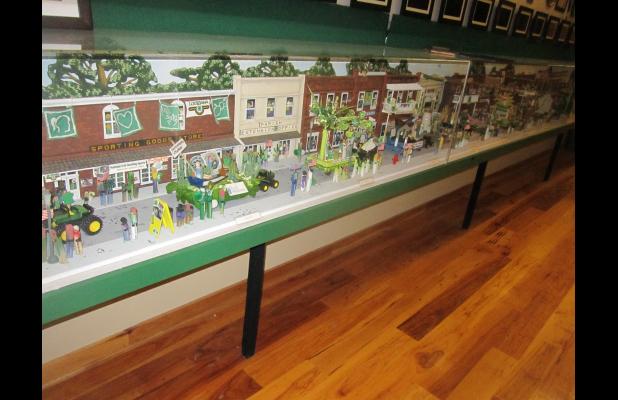4-H began in Avoyelles; 4-H state museum is here
Sat, 07/18/2015 - 05:00
AvoyellesToday.com
"Discover Avoyelles"
{Editor’s Note: “Discover Avoyelles” is a series of articles about attractions in Avoyelles that could be a short, day activity for families this summer.}
By RAYMOND L. DAYE
In 1908, a group of boys with an interest in farming formed what was called the Corn Club at Moreauville High School. That year, one of the club members won first prize at the State Fair for his corn.
The idea caught on and soon another 15 parishes formed clubs. The Corn Club developed into what is now the 4-H Club.
In 1909, Victor Leander Roy of Mansura became the first State Corn Club leader.
It is fitting that the official state 4-H Club Museum is located where the club began -- Avoyelles Parish -- and in the home town of its first state leader.
The history of the 4-H Club may not keep you on the edge of your seats in suspense, but it interesting to see how one of the state’s and nation’s best known youth organization developed over the years.
It seems that in 1911 the first Tomato Canning Club for girls was formed in the state, and others followed. One of the Tomato Canning Clubs decided to use the 4-leaf clover as their trademark, showing that it was canned by the club.
In 1913, the name 4-H and the 4-leaf clover were adopted by the former Corn Club and Tomato Canning Club organizations.
The museum, located in the LSU AgCenter on La. Hwy 1, is free to the public during the AgCenter business hours, 8-4:30 p.m. weekdays.
Esther Boe, Avoyelles 4-H chairperson, said the self-guided tour attracts visitors from across the state.
It includes some hands-on activities emphasizing 4-H values and projects.
The miniature “Greek Theater” in the display area shows videos of 4-H.
People who attended 4-H camps as a youth are particularly interested in the exhibits.
A 27-inch long 3-dimensional parade along one wall features favorite cartoon characters and emphasizes 4-H goals, activities and projects.
Displays include photos, 4-H items and historical narratives.
Whether a visitor is able to relive their memories of 4-H as a child and teen, or if they never heard of the organization, the museum is a relaxing way to pass an hour or so.

